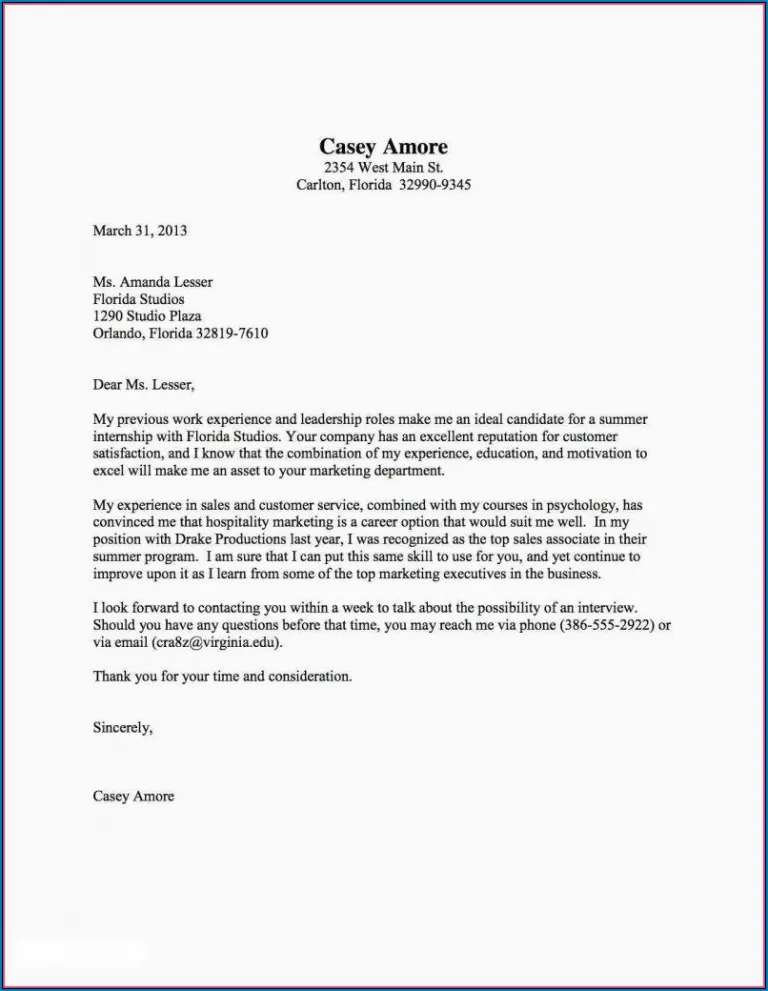Cover Letter Format Essentials
A well-formatted cover letter is your first impression on a potential employer, a critical component in your job application package. It provides an opportunity to showcase your personality, enthusiasm, and qualifications in a more narrative format than a resume allows. To create an impressive cover letter, start by focusing on the essential elements of its format. This includes clear contact information, a professional salutation, a well-structured body, and a confident sign-off. Proper formatting will ensure your letter is easy to read, professional, and effectively conveys your message to the hiring manager. By paying attention to these core components, you’ll significantly increase your chances of making a positive impact and securing an interview.
Contact Information
Your contact information needs to be easily accessible. This helps the hiring manager to quickly find your details and reach out to you. The contact information should be placed at the top of your cover letter, typically left-aligned or centered. This section should include your full name, phone number, email address, and your professional online profiles, like LinkedIn. Ensure all information is up-to-date and accurate to avoid any communication delays. The goal is to make it as effortless as possible for the recruiter to contact you regarding an interview or further steps in the hiring process.
Your Information
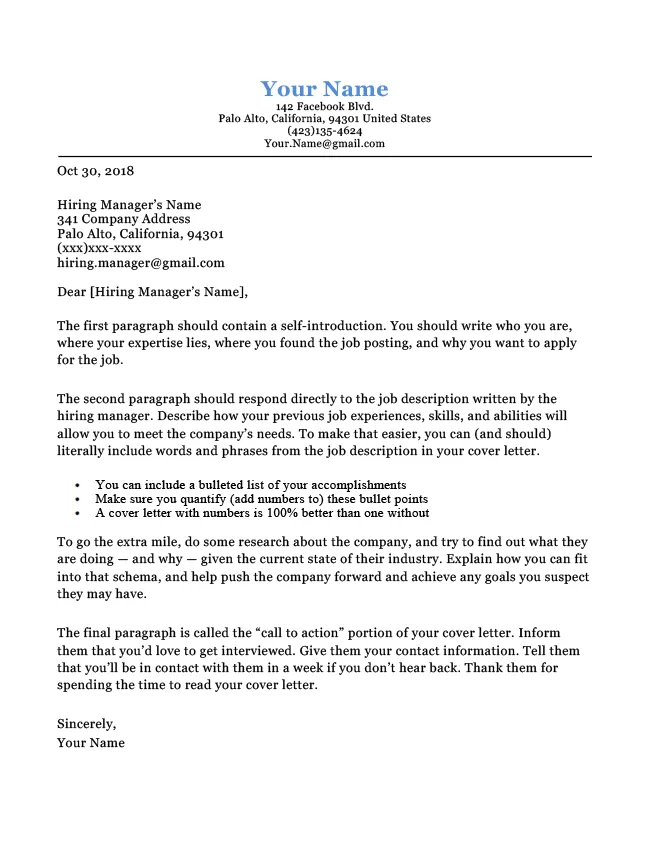
At the top of your cover letter, include your full name, address, phone number, and email address. This provides a direct way for the employer to contact you. Make sure your email address sounds professional (e.g., firstname.lastname@email.com) and is regularly checked for updates. Verify all details for accuracy to avoid any potential communication errors that could cost you an interview.
Recipient Information
Directly below your information, include the hiring manager’s name, title, the company name, and the company’s address. If you can’t find the hiring manager’s name, research it on the company website or LinkedIn. Addressing the letter to a specific person makes it more personal and shows that you’ve done your research. This demonstrates your attention to detail and your genuine interest in the company and the position.
The Salutation
Start your cover letter with a professional salutation. “Dear Mr./Ms./Mx. [Last Name]” is a standard and effective choice if you know the hiring manager’s name. If you’re unsure, alternatives include “Dear Hiring Manager” or “Dear [Department/Team Name] Hiring Team.” Avoid generic greetings such as “To Whom It May Concern.” Make sure to use the correct title and spelling. A well-crafted salutation sets the tone for a professional and engaging letter.
Formatting Your Cover Letter Body
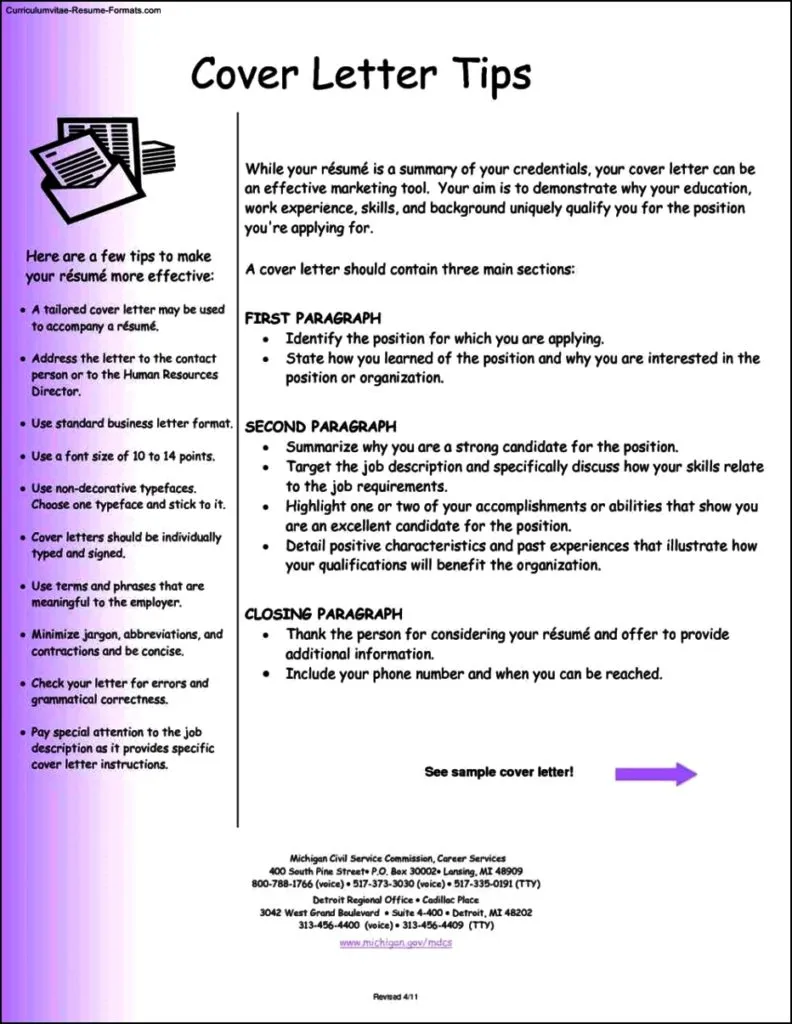
The body of your cover letter is where you make your case. The body is typically divided into three main paragraphs—the opening, highlighting your value, and the closing—each serving a specific purpose in showcasing your qualifications and interest. The structure of these paragraphs is critical; each must be succinct and focused. By using concise language, addressing the key aspects of the job description, and tailoring your message to the specific role, you can effectively persuade the recruiter that you are the ideal candidate for the position. The following guidelines will help you craft a compelling narrative that will help your application stand out.
Opening Paragraph
The opening paragraph should immediately capture the reader’s attention. State the position you are applying for and how you found it. Briefly mention your most relevant qualifications or the key skills that align with the job requirements. Indicate your enthusiasm for the role and the company. Making a strong first impression is key to engaging the reader. The opening needs to be direct, clearly state your purpose, and make the reader want to read more.
Highlight Your Value
In the main body, elaborate on your skills, experience, and accomplishments. Focus on how your qualifications align with the job description, providing specific examples to support your claims. Quantify your achievements whenever possible. This section is where you demonstrate your ability to deliver results and contribute to the company. Keep the focus on the employer’s needs, highlighting what you can bring to the table and how your skills can solve their challenges. Emphasize your achievements using action verbs and showcasing your past successes.
Showcase Your Skills
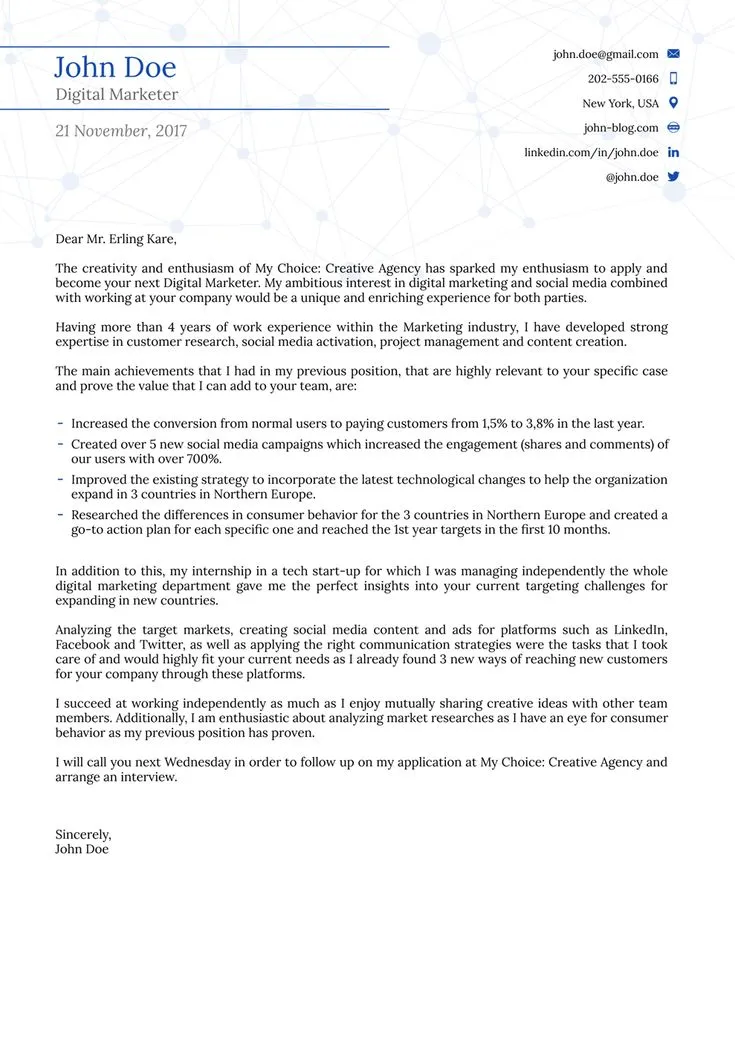
This is where you bridge the gap between your resume and the requirements of the job. Use this section to specifically highlight skills and experience. Instead of just restating your resume, provide context and depth. Explain how your skills have been applied and the results you’ve achieved. Detail any relevant projects you’ve worked on, the outcomes, and the skills you used. This section must be tailored to match the job description; customize your letter to demonstrate a clear understanding of the role and how your abilities meet those needs.
Closing Paragraph
The closing paragraph should restate your interest in the position and the company. Thank the hiring manager for their time and consideration. Indicate your availability for an interview and how they can reach you. Express your confidence in your ability to contribute to the company’s success. Conclude by encouraging the hiring manager to take the next step, making it clear that you are eager to discuss your qualifications further.
The Sign-off
End your cover letter with a professional sign-off, such as “Sincerely,” “Best regards,” or “Thank you.” Leave space for your signature if you are submitting a hard copy or a PDF. Always type your full name beneath the sign-off. This provides a final touch of professionalism and ensures that your letter conveys a sense of closure and courtesy.
Cover Letter Format Tips
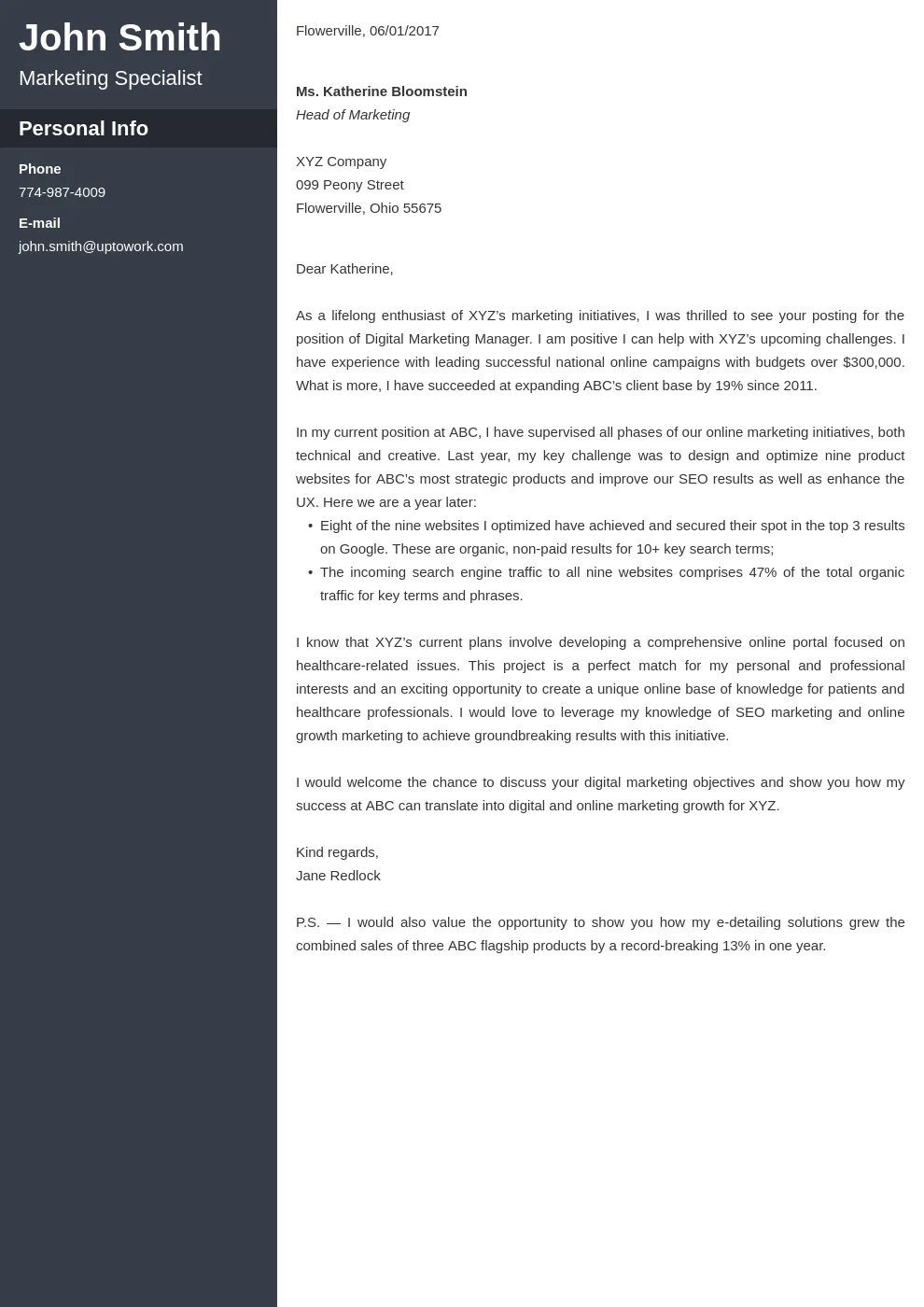
Beyond the fundamental components, several formatting tips can enhance your cover letter. Paying attention to these details can set you apart from other candidates. They include font and formatting, meticulous proofreading, and customization for each job application. These details demonstrate your professionalism and attention to detail, positively influencing the hiring manager’s first impression.
Font and Formatting
Choose a professional, readable font such as Times New Roman, Arial, or Calibri, and ensure the font size is between 10 and 12 points. Use single spacing within paragraphs and double spacing between paragraphs. Align the text to the left, leaving a professional margin. Avoid excessive use of bolding, underlining, or italics, as they can be distracting. Keep your cover letter concise, ideally within one page. Proper formatting makes your cover letter visually appealing and easy to read.
Proofreading Your Cover Letter
Thorough proofreading is essential before submitting your cover letter. Check for spelling errors, grammatical mistakes, and typos. Read your letter multiple times, and consider having a friend or colleague review it as well. Ensure the language is clear, concise, and professional. A polished, error-free cover letter demonstrates attention to detail and respect for the hiring manager’s time.
Tailoring to the Job
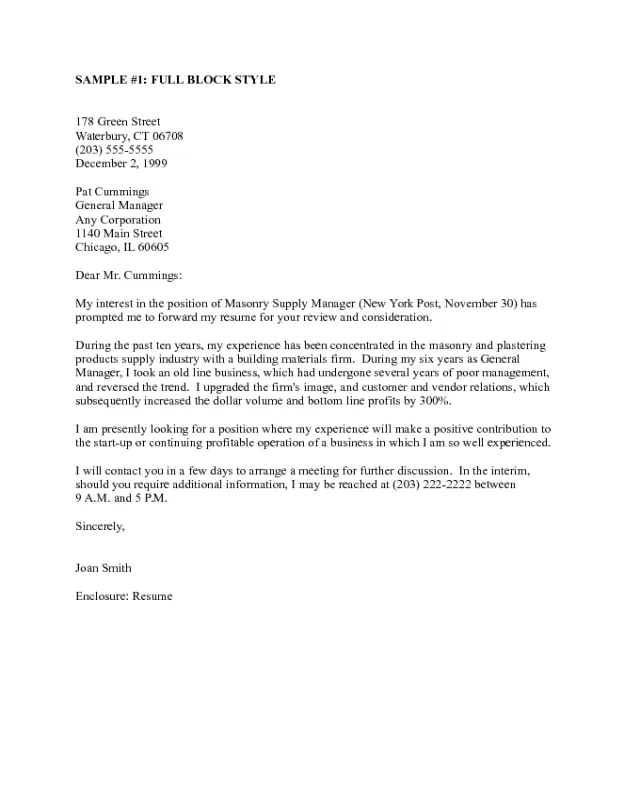
Customize your cover letter for each job application. Review the job description carefully and highlight the skills and experiences that are most relevant. Avoid using a generic cover letter; instead, demonstrate your understanding of the company and the role. Tailoring your letter shows you are genuinely interested and have taken the time to understand the specific requirements. Adapt each cover letter to the specific job requirements and the company culture.
Key Takeaways
Creating an impressive cover letter format involves several critical components: correct contact details, a professional salutation, a well-structured body, and a compelling sign-off. By adhering to these formatting essentials, you can make a strong first impression. Always customize each cover letter for the job, emphasizing relevant skills and experiences. Proper formatting, proofreading, and tailoring are all essential steps in creating a cover letter that stands out. By following these guidelines, you can increase your chances of getting noticed and securing an interview.
